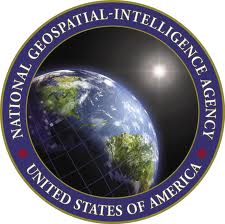
The National Geospatial-Intelligence Agency is looking to shift a growing number of analysis tasks from humans to machines.
A superabundance of geospatial intelligence (GEOINT) data, along with incompatible data formats, creates the gigantic challenge of gleaning critical nuggets of actionable intelligence from streams of useless static.
Growing intelligence demands are requiring military leaders to turn to highly advanced technologies such as Web-based geospatial information, high-resolution imagery, social media and secure mobile apps to create a seamless knowledge environment for identifying enemy intentions and movements.
Yet even as new intelligence sources are discovered and used, it's no surprise that the military continues to drown in too much information. An astounding amount of raw data now pours into fixed and mobile systems, challenging users to squeeze sense out of all the information at their fingertips.
A growing number of intelligence experts, inside and outside the military, are reaching the conclusion that high-speed analytical software is essential for giving users the ability to plow through all the big data collected by satellites, aerial and terrestrial reconnaissance vehicles, networked sensors, Web data and other sources. To better cope with rapidly rising intelligence data volumes, the National Geospatial-Intelligence Agency is looking to shift a growing number of analysis tasks from humans to machines.

